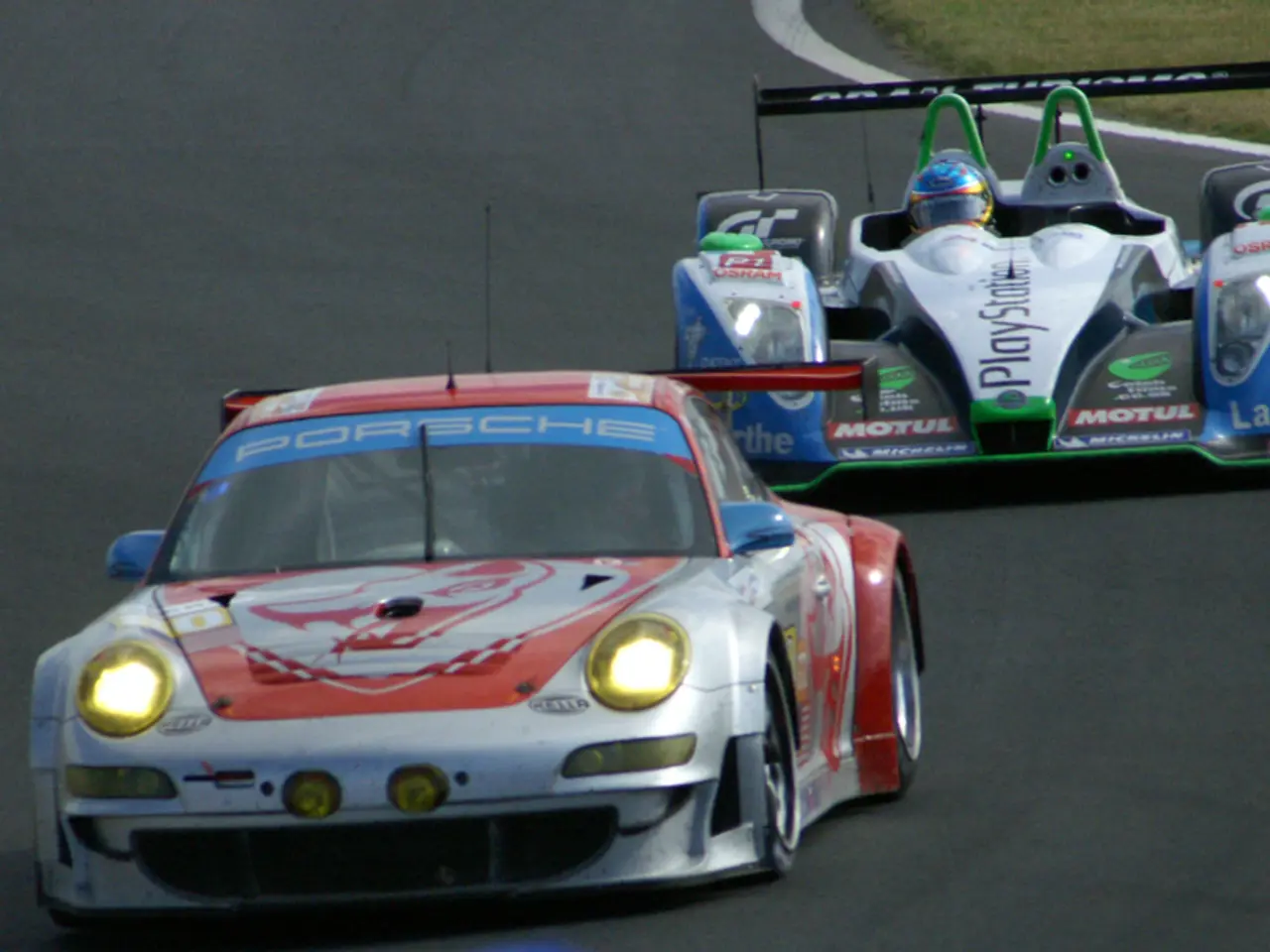Lessons Gleaned from the Hungarian Formula 1 Race
In an unexpected turn of events, Lando Norris clinched his first victory of the 2025 season at the Hungarian Grand Prix, marking McLaren's 200th Formula One win.
Norris's triumph was a result of a daring one-stop strategy that was not initially part of McLaren's plans. The British racer overtook Fernando Alonso on lap three and never looked back.
A Change in Strategy
The initial strategy for Norris and teammate Oscar Piastri was a two-stop strategy, a common practice at the Hungaroring and advised by Pirelli. However, Norris's poor start saw him drop to fifth place early in the race, forcing a change in approach.
The Keys to Success
Three key factors contributed to Norris's success. First, he benefited from having more "clean air" than Piastri, allowing him to exploit the full potential of his car without being hindered by traffic. Second, Norris's ability to manage his tyres effectively was pivotal. Despite initial doubts about the viability of a one-stop, he delivered strong consistent lap times with used tyres, convincing McLaren to stick with the strategy. Lastly, the decision to extend Norris's first stint was made relatively late in the race, initially seen as a way to clear him past George Russell's Mercedes, but ultimately placing him in a position to challenge for the win.
A Strategy that Outperformed Expectations
The one-stop strategy outperformed expectations due to favourable conditions and Norris's strong performance. Cooler conditions than expected helped reduce tyre degradation, making the one-stop more viable. Norris's patience and strategic decisions allowed him to capitalize on the strategy, maintaining pace and managing his tyres, which was crucial in overtaking other competitors and securing the win.
Other Notable Finishes
The Hungarian Grand Prix saw several other notable finishes. Charles Leclerc qualified on pole but ultimately finished fourth, driving for Ferrari. Lewis Hamilton finished 12th, marking his first race without standing on the podium for Ferrari this season. George Russell finished third, driving for Mercedes. Fernando Alonso finished fifth, while Oscar Piastri secured second place.
Liam Lawson scored points in the race, and Gabriel Bortoleto secured his best-ever finish in F1, coming in sixth. Max Verstappen finished ninth, and Leclerc's second stint was affected by a chassis issue that cost him two seconds per lap, resulting in him being overtaken by Piastri and Russell.
In conclusion, Lando Norris's one-stop strategy proved to be the key to his victory at the Hungarian Grand Prix. The strategy, while not initially planned, was a testament to Norris's skill, tyre management, and strategic decision-making. Ferrari team boss Fred Vasseur acknowledged that Leclerc's race was strange, with the team being in control for the first 40 laps, but facing issues in the second half.
Sports betting enthusiasts might have been surprised by Norris's victory, as auto-racing predictions for the Hungarian Grand Prix didn't initially favor a one-stop strategy. Norris's triumph in Formula One racing showcased the importance of betting on unexpected strategies, as his daring one-stop approach outperformed expectations, helped by favorable racing conditions. Additionally, the win marked a significant milestone in sports history, as McLaren secured their 200th Formula One win, underscoring the team's resilience and innovation in sports strategy.








